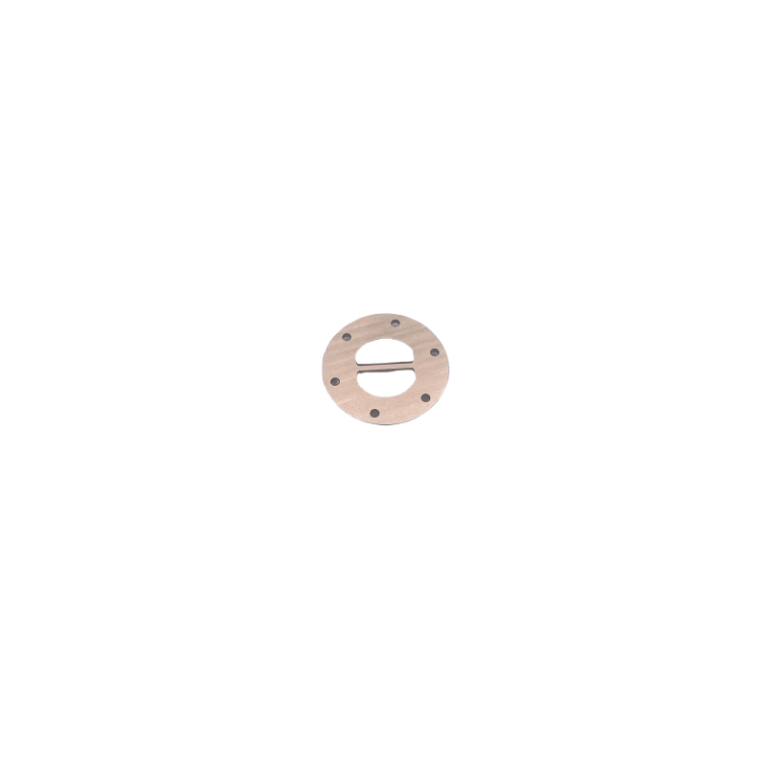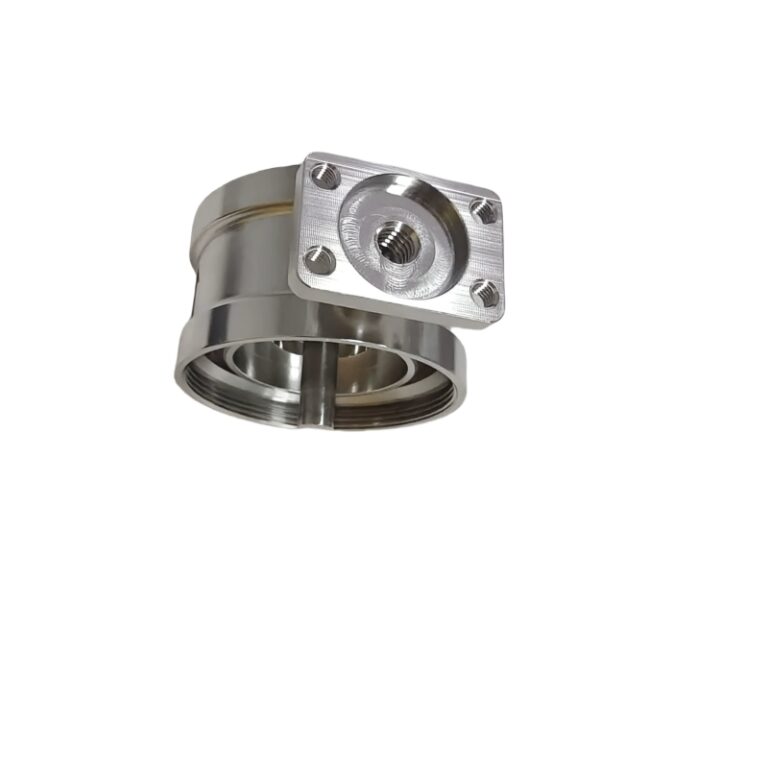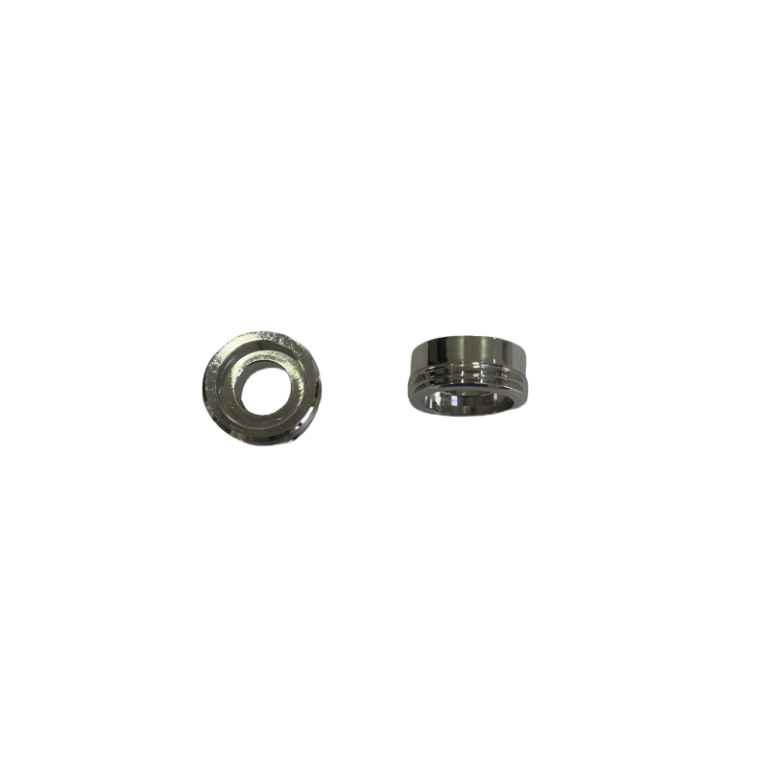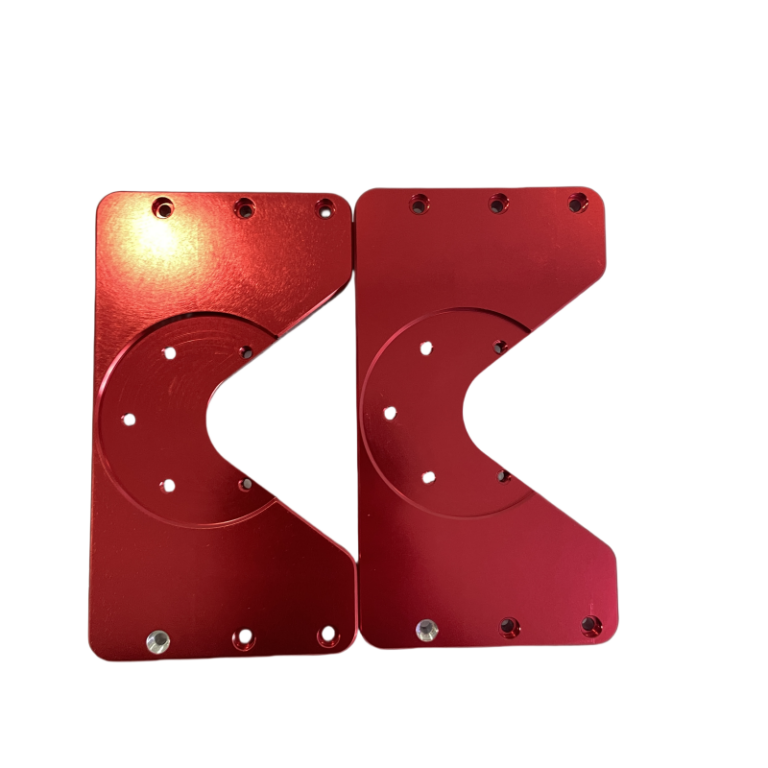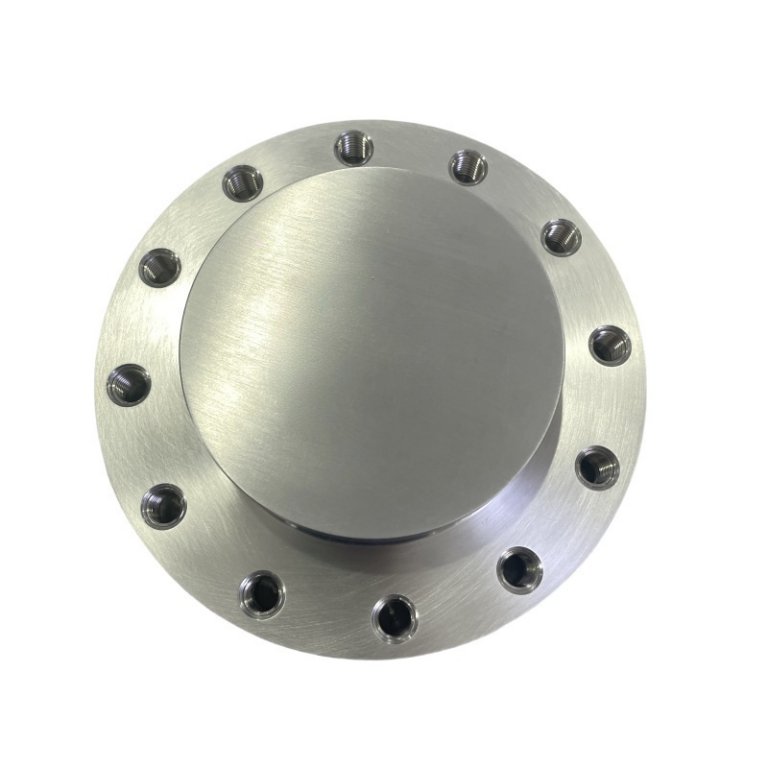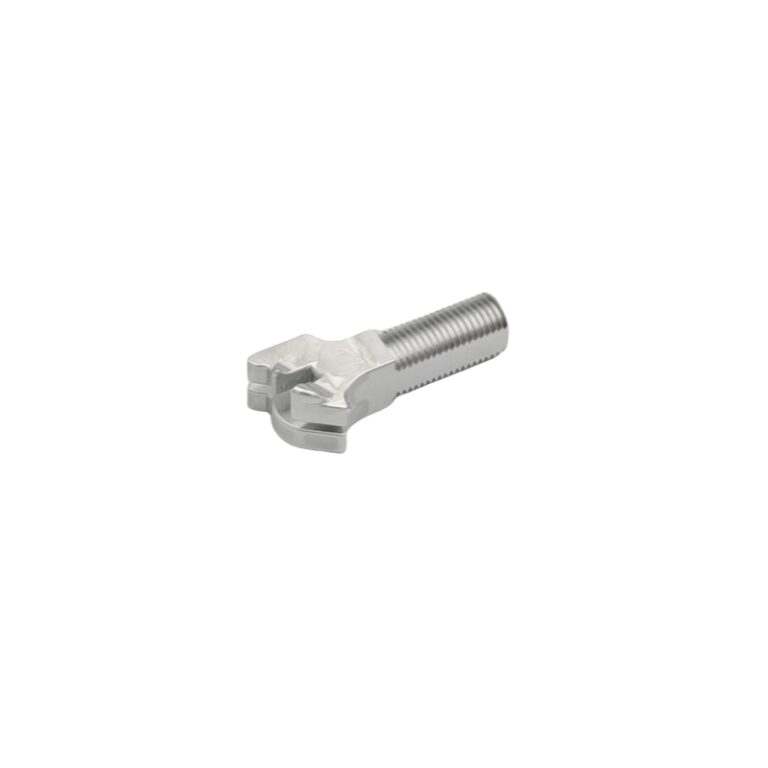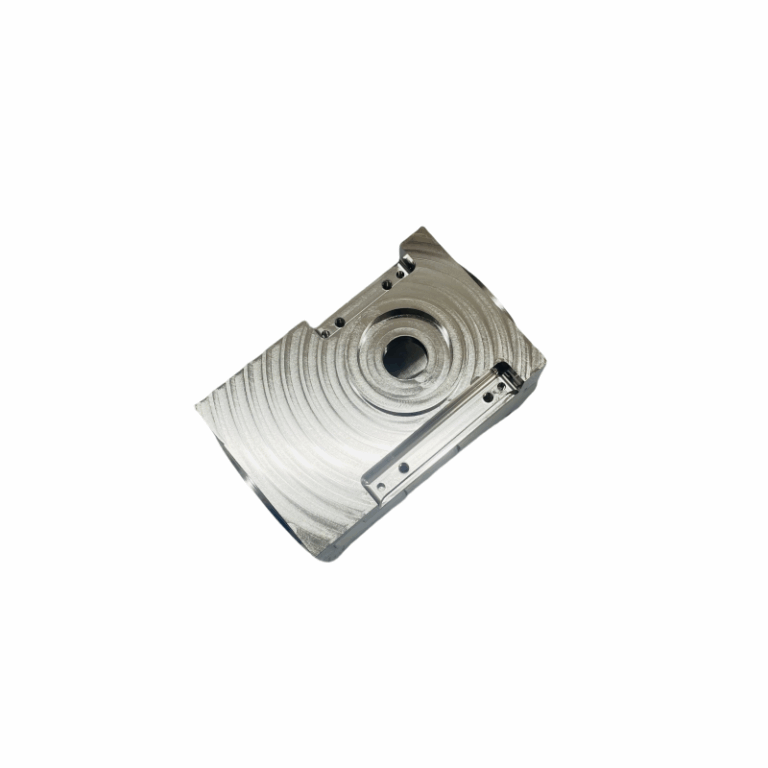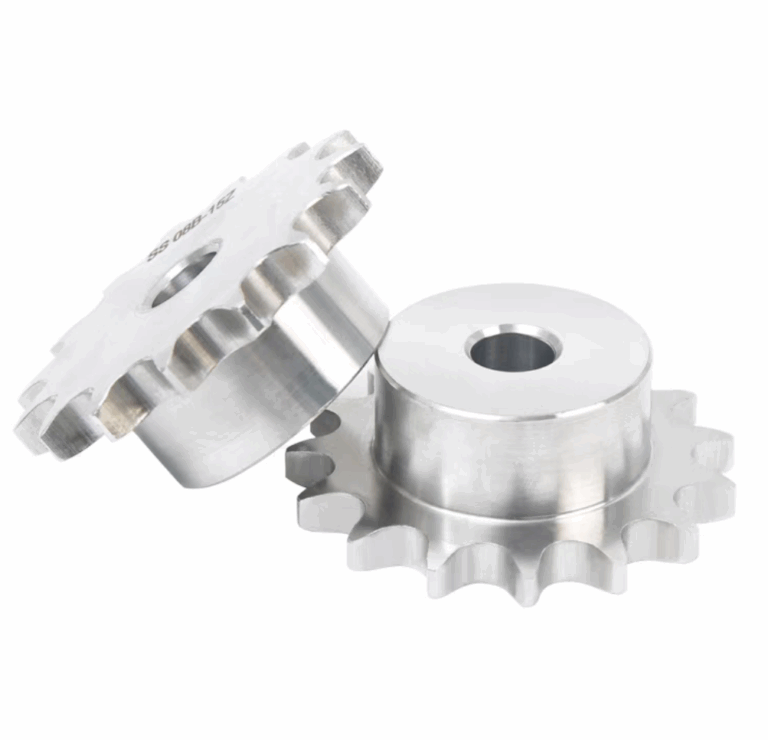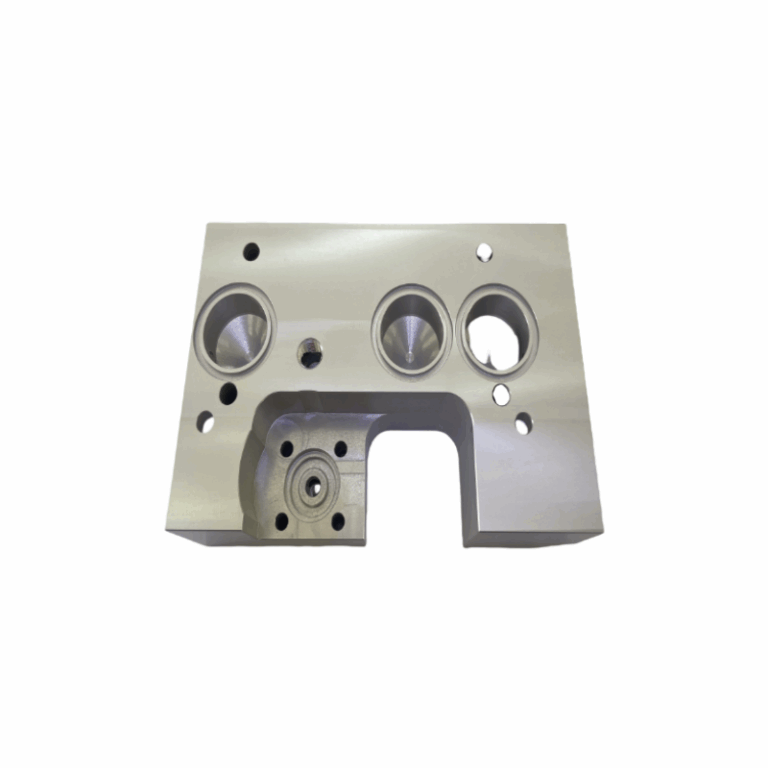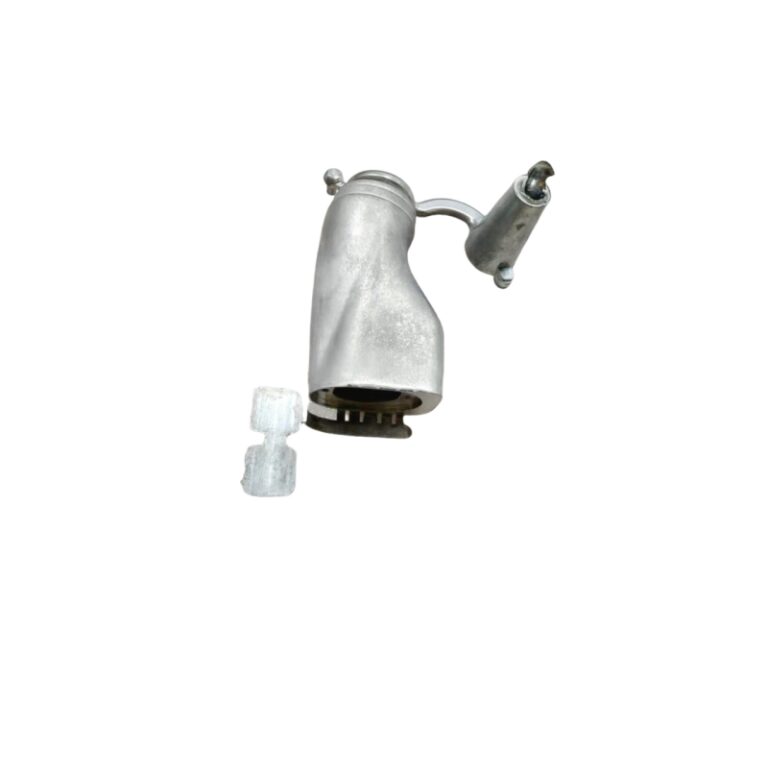Due to its lightweight, corrosion resistance, easy processing, and other characteristics, aluminum products are widely used in construction, automobile, electronics, aerospace, and other fields. Anodizing, as the core process of surface treatment of aluminum products, not only improves material performance but also gives the product unique aesthetic value through coloring. However, in the face of the diverse anodized color options on the market, how to scientifically choose becomes a key challenge for designers, engineers, and procurement decision-makers. This article will systematically explain the selection strategy for the anodized color of aluminum products from the dimensions of technical principles, application scenarios, process control, industry trends, etc.

Anodizing Oxidation Coloring Method and Formation Principle
Anodizing is a process of forming an oxide film on the surface of aluminum through an electrolytic reaction. The porous structure of the oxide film gives it the ability to adsorb dyes, and the coloring process determines the final color effect. Currently, the mainstream coloring technology is divided into the following three categories:
- Natural color development method: Use aluminum base alloy components (such as silicon and manganese elements) to naturally develop colors during the oxidation process. For example, titanium-containing aluminum alloys exhibit a light gold tone after being oxidized. This method does not require additional dyes, and has high color stability, but it has a narrow color gamut. It is mainly used in scenarios such as industrial equipment that do not have high requirements for color.
- Electrolytic coloring method. The secondary electrolytic deposition of metal salt solutions (such as stannous sulfate and nickel sulfate) is used to make metal particles fill the pores of the oxide film color. It can produce metallic colors such as bronze and champagne has excellent weather resistance. It is often used in architectural curtain walls, doors, and window profiles. For example, the aluminum plate of the exterior wall of Guangzhou Tower uses an electrolytic bronze color, which has a modern feel and anti-ultraviolet ability.
- Organic dye dyeing method: Using organic dye molecules adsorption to develop color, it can present high saturation colors such as red, blue, and green, which is suitable for consumer electronic products. The deep space gray of Apple MacBook is a representative of this type of technology. However, organic dyes have poor light resistance and need to be combined with the hole-sealing process to improve durability.
Key Factors Affecting Color Selection
- Product function and environmental adaptability
Weather resistance requirements: Electrolytic tinting or natural coloring technology is preferred for outdoor use (such as building exterior walls and automotive parts). Experimental data show that the ultraviolet resistance grade of electrolytic bronze can reach level 8 of the ISO 2135 standard, while organic dyes may have a 30% color difference under the same exposure conditions.
Corrosion resistance requirements: Aluminum products in marine environments need to choose hard anodized with a film thickness of ≥15μm, and be paired with dark colors (such as black and dark gray) to hide the microcracks of the oxide film.
- Production process matching
The thickness of the oxide film directly affects the color depth. For example, the dark space gray color used in the iPhone border needs to be controlled to have a film thickness of 10-12μm. Too thin will lead to a whitening color, and too thick will increase the risk of brittleness.
The current density and electrolyte temperature need to be precisely controlled. When the current density exceeds 1.5A/dm², the porosity of the oxide film increases and the adsorption of dye increases, but it may lead to uneven color.
- Design language and brand tone
The consumer electronics field tends to have low saturation matte colors (such as gun ash, rose gold) to convey a sense of technology and high-end positioning. The platinum color scheme of Dell XPS notebooks achieves nano-level matte effect through microarc oxidation technology.
The industrial equipment field prefers classic colors such as silver and dark gray and emphasizes functionality. German TRUMPF laser cutting machine adopts RAL 9006 standard aluminum white to reduce operator visual fatigue.
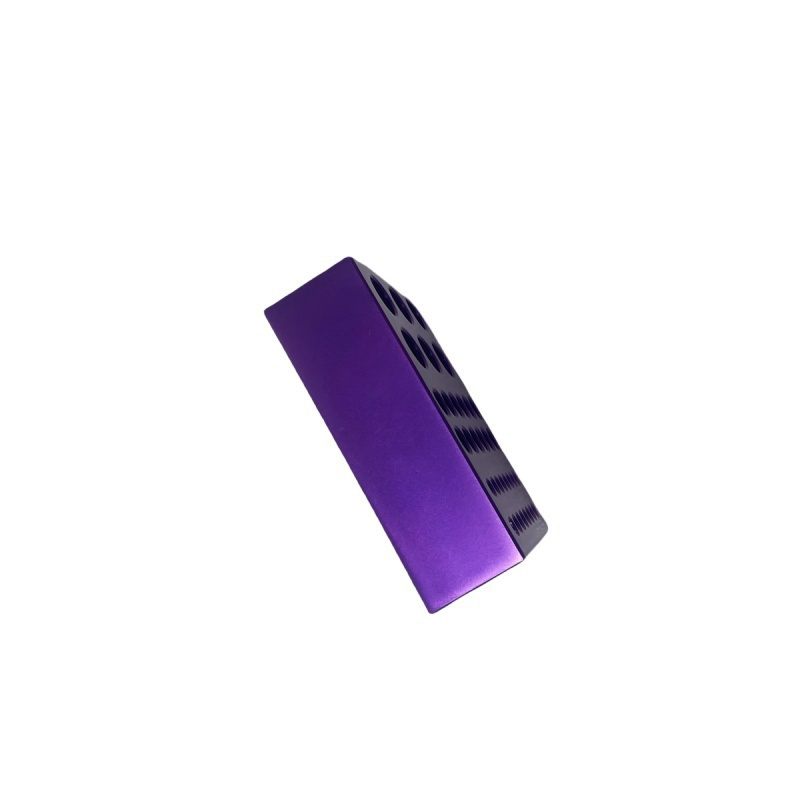
Systematic Color Selection Process and Quality Control
Demand analysis and priority sorting. Establish an evaluation matrix including weather resistance (weight 30%), cost (25%), aesthetics (20%), process feasibility (15%,) environmental protection (10%), and filter candidate colors through a weighted scoring method.
Proofing and testing verification
Color consistency test: Use a spectrophotometer to measure the ΔE value to ensure that the color difference between batches is ≤1.5 NBS units.
Accelerated aging experiment: According to the ASTM G154 standard, xenon lamp exposure for 1000 hours, the color difference change must be controlled at ΔE<2.0.
Coordinated optimization of the supply chain, jointly formulate a process window with the oxidation plant: the fluctuation of dye concentration must be controlled at ±5%, and the sealing temperature must be maintained at 95±2℃. Tesla has established a data-sharing platform with aluminum profile suppliers to monitor 12 key parameters such as pH value and conductivity in real time.
Industry Cutting-edge Trends and Innovation Directions
Environmentally friendly process innovation. The EU RoHS directive restricts the use of heavy metals and promotes the development of nickel-free electrolytic tinting technology. The bio-based dye developed by Alcan in Switzerland, which uses plant tannins to replace traditional heavy metal salts, has been used in IKEA home aluminum furniture.
Functional color development, Japan’s UACJ company launched a thermochromic anodized aluminum plate. By doping vanadium dioxide particles, the color of the building’s exterior wall can adjust the solar thermal absorption rate with temperature changes, and the energy-saving efficiency is increased by 18%.
Digital color matching system. Color prediction models based on artificial intelligence are emerging. Haier Group introduced the Pantone digital chromatography library and neural network algorithm to shorten the new color development cycle from 45 days to 7 days.
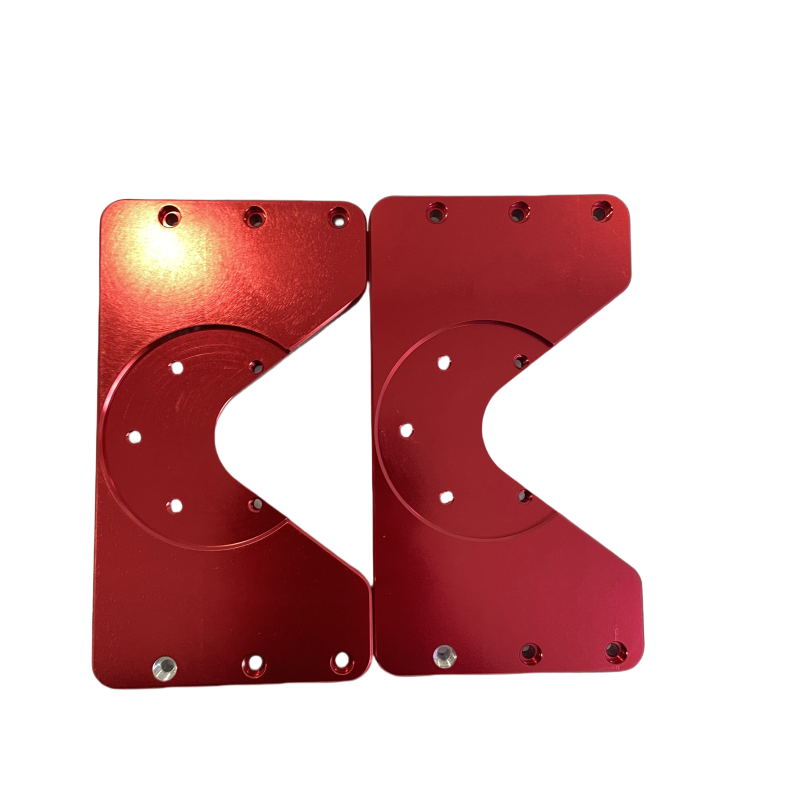
How do I remove anodized parts that do not match the colors?
Many factors can cause anodized color to sometimes be less than you would expect. Therefore, it may be necessary to remove the color of the anodized component.
The color removal of anodized components depends largely on the type of dye used and the condition of the anodized product. You can use chromium or phosphorus peel solution to remove dye from sealed anodized coating. This method keeps the aluminum intact after removing the color.
However, if you can accept minor damage to the aluminum parts, use alkaline etching. Alkaline etching usually removes color more thoroughly. You might consider using 10-15% nitric acid to remove dye from unsealed anodized parts. Unfortunately, while most dyes can be removed this way, not all dyes can do it.
Conclusion
The choice of anodized color for aluminum products is essentially a dynamic balance between technical parameters, aesthetic value, and commercial value. Designers need to break through the limitations of “empiricalism” and establish a data-driven decision-making system. Product developers favor anodized aluminum because it has a beautiful appearance and a strong and durable surface. During the anodizing process, a layer of oxide will form on the metal surface. This layer of oxide protects the metal from corrosion, scratches, and fading.
DMTC combines expertise with efficient manufacturing practices to help you maximize the benefits of anodizing processes. We can flexibly apply anodized aluminum colors and anodized color matching. DMTC is your trustworthy choice. We specialize in aluminum anodizing and other surface treatment services. Our experts combine their expertise and our cutting-edge technology to offer a comprehensive custom anodized color. Contact us now so we can discuss your project!
FAQ
What is the best aluminum grade for anodized color?
While all aluminum grades produce excellent anodized coatings, the 6063 Series offers consistent and fine finishing.
What color can aluminum anodizing produce?
Anodized aluminum is highly stainable. It is available in a variety of colors, including blue, red, green, black, silver, gold, yellow, copper, pink, orange, and purple. At DMTC, you can also get customized colors by sending samples.
Will anodized aluminum fade?
Yes, while anodized aluminum should be durable, even with the best anodize process, all colors end up fading from wear and tear caused by exposure to UV light and other environmental factors.
Can we anodize on old anodized layers?
The previously anodized aluminum can definitely be anodized again. That is, the surface treatment needs to be accurate to avoid poor adhesion of the new anodized layer.

